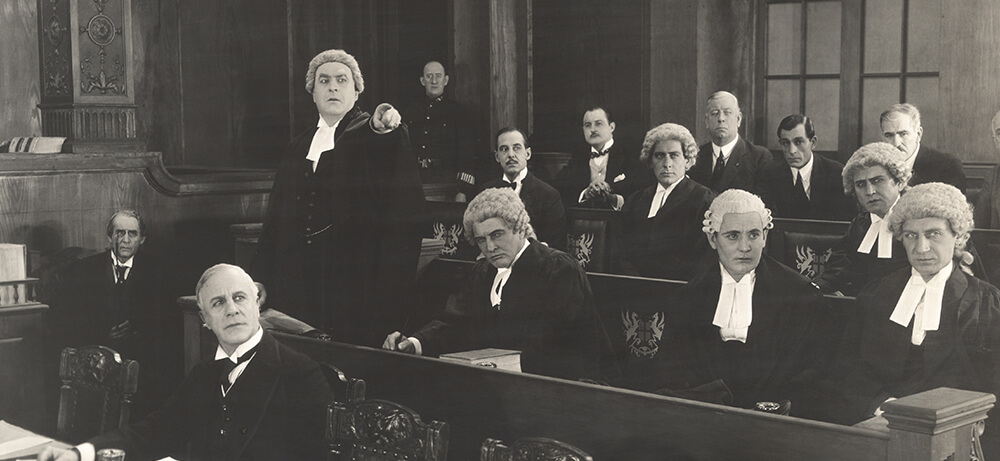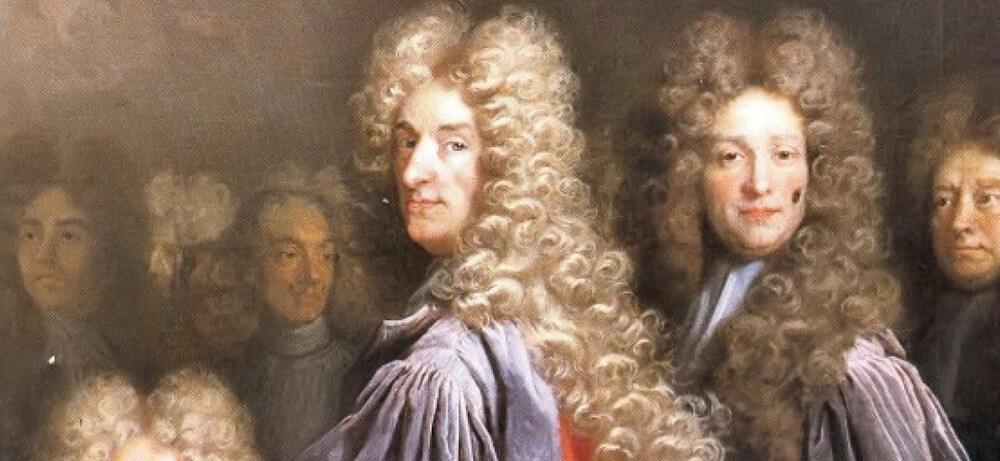Wigging out Over Headdress History
If you’ve ever visited a historical art gallery or opened your history textbook, you know that men with large, white wigs dominated the scene for hundreds of years. During the 17th and 18th century, powdered wigs were not only a fashion statement, but also a personal hygiene necessity. Powdered wigs, also called perukes, increased in popularity because of a sexually transmitted disease.
Syphilis epidemic
Syphilis was so widespread across Europe that it became an epidemic. Notable syphilis side effects include open sores, rashes, blindness and dementia. Hair loss is another symptom of this STD, which sparked a fashion trend that lasted for centuries.
Hair loss and social status
While many men still dread hair loss, in early Europe baldness would ruin a man’s life. Hair was closely tied to status. People without hair would suffer severe ridicule and a very low social status. French kings and royalty began the wig revolution but soon everyone was hiding their hair loss with wigs. To avoid becoming an outcast, guys of all social classes would invest in wigs to hide their baldness and their gross sores.
Wigs as a status symbol
As wigs became more common, they, too, became a status symbol. A man’s wealth could be determined by how ornate and elaborate his wig was. The term “bigwig” originated from this peruke popularity. Some professions established specific wig styles as the standard official dress. Today, the tradition is still seen in the United Kingdom legal system. Headdresses were also an important part of theatrical costumes.
What’s in a wig?
Wigs were typically made from goat, horse or even human hair. Human hair for wigs came from peasant girls, prisoners or patients in fever hospitals. They were coated with scented powder to hide the smell, which resulted in their traditional white color. Everyday hair barbers were the original wig makers but when demand increased, there was a need for highly skilled wig craftsmen. Before European kings made wigs popular, ancient Egyptian, Greek and Roman civilizations wore them. These ancient versions of wigs were made from cheaper materials like flax, wool and palm fibers.
Wigs improve hygiene
Although wigs were originally a way to hide syphilis, they helped improve overall hygiene for men. In order for the perukes to fit properly, men would shave their heads. This helped stop the spread of head lice, which were a common problem at the time. Head lice create an itchy, uncomfortable situation that’s difficult to get rid of when your hair is attached to your scalp. To get rid of lice in a wig, all a person had to do was boil the hairpiece in scalding water.
Women and wigs
During this time, women also were adorned with elaborate wigs. At times, these towering hairdos were difficult to fit through doorways and heavy, making it hard on a woman’s neck. While men typically wore white wigs, women donned hair that was dyed light pink, violet or blue.
Throughout history, both men and women used wigs to create a younger appearance and hide their thinning hair. Although less common, wigs continue to be used for that purpose today.
Wigs had a long run throughout history, but the trend eventually began to fade in the 1800s. At this point, short hair became the new norm. Although there have been some variations, guys have been sporting shorter, natural-looking hair since the
Contact Info
9777 S. Yosemite Street, Suite 200
Lone Tree, CO. 80124
303.680.8989
Email Us
Hours
Monday - Thursday: 8am - 5pm
Friday: 8am - 4pm

